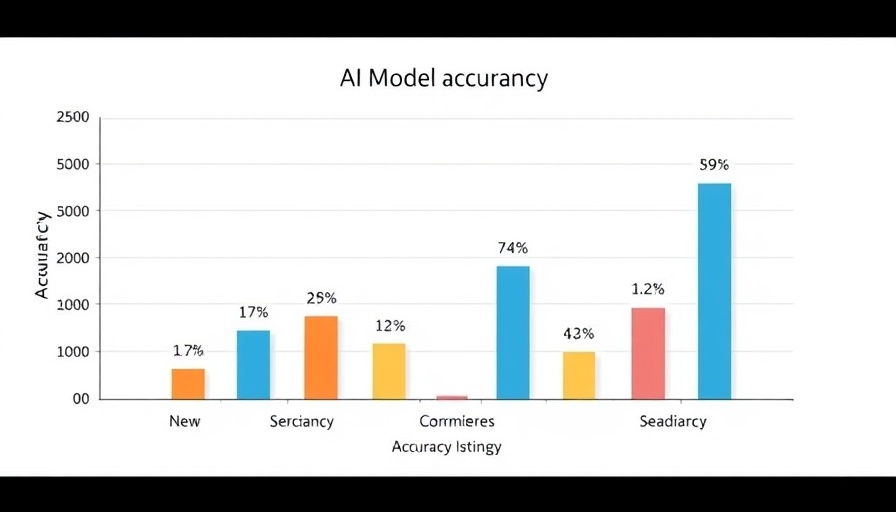
AI Benchmarks: Why Transparency Matters
The recent performance discrepancy surrounding OpenAI’s o3 model raises critical questions about the integrity and usefulness of AI benchmarks. With the FrontierMath benchmark unveiling that OpenAI’s o3 only managed a mere 10% score instead of the claimed 25%, it highlights an ongoing issue in the AI space: the reliability of these performance metrics. As AI technology evolves, so too should our approach to benchmarking.
Understanding Benchmarking in AI
Benchmarking is akin to comparing scores in a sports league; it provides a framework for evaluating performance. However, AI benchmarks often fall short due to their narrow focus on specific tasks, as echoed in a July 2024 study that criticized the ambiguity surrounding test design. Benchmarks can misrepresent AI capabilities, leading developers and consumers to make ill-informed decisions based on inflated claims. This underscores the necessity for ongoing scrutiny, especially as new models are introduced.
The Role of Model Variants in Performance Claims
The release of differing model versions can lead to misconceptions about performance. OpenAI’s o3 went through modifications that could easily skew the test scores when compared against its impressive counterparts like OpenAI o4 and o3 mini. Therefore, it is essential for users to understand which version of an AI model is being benchmarked to accurately gauge its performance.
The Impact of Changing Metrics
Epoch AI's FrontierMath benchmark faced changes over time that directly impacted scores. The evolving nature of these tests indicates that relying solely on past performance data is misleading. As artificial intelligence continues to progress rapidly, benchmarks must adapt to encompass new challenges and complexities introduced by improved models.
Lessons for Developers: Moving Beyond Numbers
For developers and organizations leveraging AI in their processes, understanding the limitations of benchmarks is crucial. Relying for too long on a single metric can create a false sense of security. With Agile methodologies emphasizing iterative development and responsiveness, AI teams must adopt similar principles to continuously refine testing practices and performance evaluations.
Addressing Consumer Perceptions
For the end-users, such misconceptions around performance metrics can lead to inflated expectations. When companies invest heavily in AI that underperforms relative to claims, it may foster distrust in AI technology. Clear communication regarding both capabilities and limitations, coupled with transparency about benchmarking methods, can guide better consumer choices.
Path Forward: The Need for Standardization
The AI community stands at a crossroads, necessitating a move towards standardized, transparent benchmarks. Common frameworks can help ensure that comparisons remain consistent, reducing misinterpretations, and allowing stakeholders to engage more confidently with AI technologies.
By understanding complexities in AI performance metrics and their implications, developers can better adapt to the landscape, ensuring that the systems built not only meet current challenges but also set the stage for future advancements.
 Add Row
Add Row  Add
Add 




Write A Comment